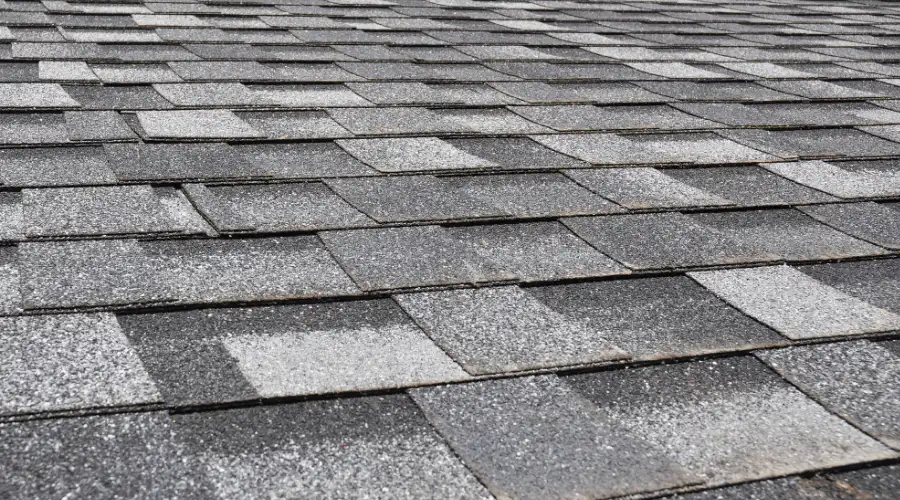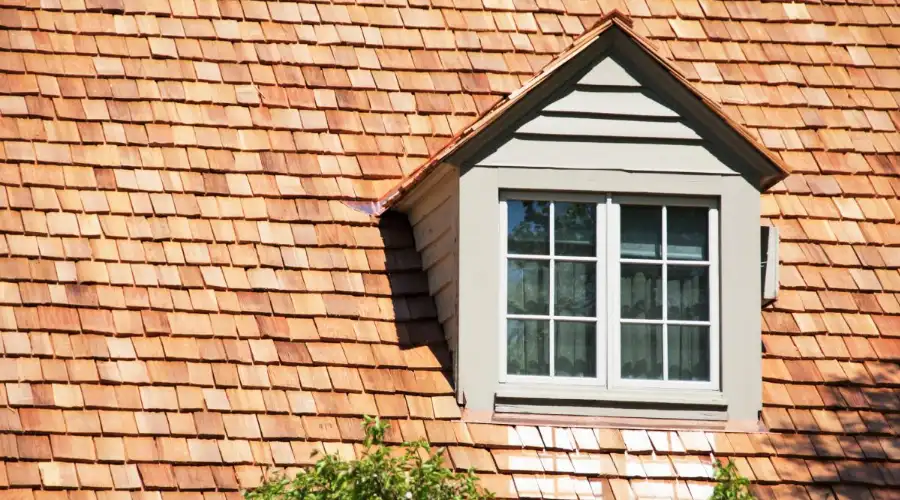It doesn’t matter whether you are constructing a new roof or planning to replace your old one; understanding the roofing types will help you make an informed decision. Weighing their pros and cons might allow you to choose the appropriate one that fits your changing requirements. If you are the one reading this article with confusion about finding the right roof type, then leave your worries behind. We are going to discuss the most familiar roof type, known asshingles, ruling the industry for over two decades.
The following article covers what roof shingles are, their types, advantages, and maintenance tips.
What Are Roof Shingles?
Roof shingles are a popular material widely used in India and the United States. They are thin, overlapping piece that cover the entire roof of a building. They come in different materials like plastic, slate, wood, metal, asphalt, or composite materials. They act as a waterproof barrier that keeps you and your family dry and comfortable all the time. Beyond functional characteristics, roof shingles are also serve as a decorative element.
Types of Roof Shingles
Roof shingles provide various options to choose from; each has its own set of features and advantages.
Asphalt Shingles: Asphalt roofing is an excellent choice for residential buildings, primarily due to its variety and cost-effectiveness. They have been available in diverse styles and colours, making them suitable for different structural needs. They are easy to install and maintain, providing an average lifespan of 25 to 30 years. To make the roof durable, manufacturers compress the layers of fiberglass, granules, and tar.

Clay Tile Shingles: Clay tile has been a popular choice for centuries, valued for its visually striking appearance and durability. If you would like to transform your space into something more classic and luxurious, then this can be the best choice. They need low maintenance and also fire resistant. Compared to other options, this type might be expensive and require additional structural support.
Metal Shingles: Metal shingles are strong and offer a modern look to the entire space. It combines the strength of a metal to provide enhanced longevity and performance in harsh climatic conditions. They are energy-efficient, fire-resistant, and durable. Metal shingles come in multiple colours but may cost more than asphalt shingles.
Wood Shingles: Wood shingles on a building offer a rustic, natural look because they are made from materials like cedar. It seems naturally beautiful and delivers exceptional sustainability. More than its visually appealing appearance, they become a natural insulator. Unlike other options, they need more maintenance and have a shorter lifespan.

Composite Shingles: They are made from synthetic materials and are lightweight, easy to install, and resistant to algae growth, fire, and other impacts. To make them cost-effective, they are often made from recycled materials.
Advantages of Using Roof Shingles
Here are the lists of advantages that you can avail yourself of through roof shingles:
Economical: One of the primary reasons to prefer roof shingles is the price tag. For people who would like to go with the most economical option, this is a perfect choice. With no compromises in performance and quality, you can install at the best possible price.
Easy Installation: The installation of roof shingles is not so challenging. By hiring experienced and skilled contractors, you can avoid unnecessary complications and extra labour costs.
Quick Repairing: Replacing or repairing the roof shingles is not uncommon. It is quite an easy and quick process. Unlike other roofing styles, it is not expensive if you choose the right contractor.
How Are Roof Shingles Installed?
The installation of roof shingles is a multi-step process and is explained as follows:
- Roof preparation is the primary step involved in the installation process. It helps ensure the roof deck is dry, clean, and level before starting work.
- Starter strip installation is the second step to create an even and straight edge.
- You ned to lay the first layer of shingles over the starter strip using roofing nails according to the manufacturer’s instructions.
- To prevent water penetration, a flashing is installed, which is a thin and flexible metal sheet around vents and chimneys.
- Once the installation is successfully completed, remove the dust and debris deposited over the roof.
Maintenance and Longevity
Roofing is a crucial section that needs to be maintained periodically according to the manufacturer’s instructions to improve its performance and longevity. Let’s have a look at the maintenance tips:
- Inspect your roof twice a year to identify any damages that happen due to heavy storms or winds. It helps you find damaged tiles, shingles, or leakages early.
- Remove leaves, branches, or other debris deposited over the roof, which may cause damage and water penetration.
- It is advisable to trim the branches and trees nearer to the roof section. It ensures safety and prevents unexpected damage.
- Choose a qualified roofer to improve its performance and longevity.
Common Issues and Repairs
These are some common issues and repairs you may encounter with your roof shingles.
- The causes, such as long heat exposure, age, and poor ventilation, influence shingles to curl upwards at the edges.
- Inadequate ventilation or excess moisture content can cause blistering on the shingle surface.
- Severe damages like cracks or breaks may happen due to age and extreme temperature fluctuations.
- It is advisable to replace missing shingles with alternatives to protect the roof from water penetration.
Cost of Roof Shingles
The cost of roof shingles can significantly vary based on several factors like type of shingles, location, labour cost, and quality. However, it typically ranges from Rs. 60 to 200 per square foot. You can consult one or two manufacturers to compare the cost and quality to make an informed decision.
Choosing the Right Shingles for Your Home
If you are planning to renovate your roof with shingles, consider your personal preferences, architectural style, and budget. The changing requirements can significantly vary from one another. If cost and versatility are your primary concerns, you can confidently go with the appropriate shingle type.
Final Thoughts
Opt for shingles if you are looking for an option with flexibility and cost-effectiveness. Before starting work, you can consult professionals to discuss your expectations and possibilities. This may give an idea to aim for the best outcome at the best possible price.
FAQs
The shingles can typically last for 15 to 30 years; however, it depends on the type and quality. If your location has changing climate and weather conditions, your choice needs extra care and attention.
While there are possibilities to install shingles yourself, it is not generally recommended for some reasons, such as:
1. Safety
2. Proper installation needs specialised knowledge.
3. It may void the manufacturer’s warranty.
4. You may make mistakes in the cost of materials and tools.
These are the roof types recommended when durability is the primary concern:
1. Metal Shingles
2. Clay or concrete tiles
3. Asphalt shingles
Here are some key signs mentioned that tell you your roof shingles need replacement:
1. Missing, curled, or cracked shingles
2. Age
3. Leakage
4. Algae growth
5. Granule loss

